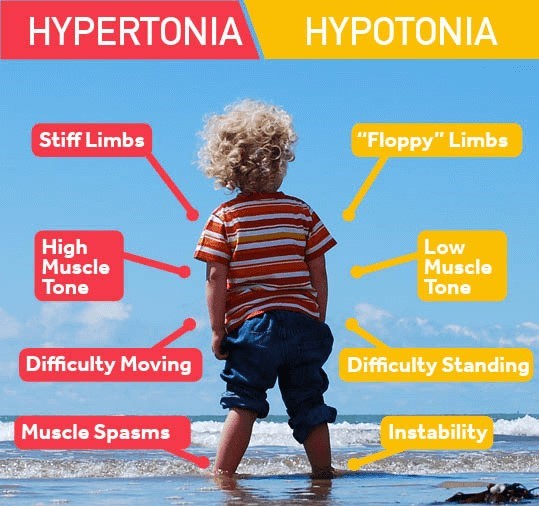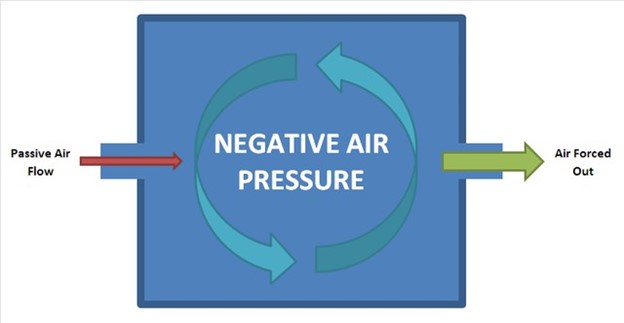A nurse is caring for a newborn whose mother was taking methadone during her pregnancy.
Which of the following findings indicates the newborn is experiencing withdrawal?
Acrocyanosis
Bradycardia
Bulging fontanels
Hypertonicity
The Correct Answer is D

Hypertonicity is a sign of increased muscle tone and stiffness, which can indicate that the newborn is experiencing withdrawal from methadone exposure in utero. Methadone is an opioid medication that can cross the placenta and cause neonatal abstinence syndrome (NAS) in the newborn.
Choice A, acrocyanosis, is wrong because it is a normal finding in newborns.
Acrocyanosis is a bluish discoloration of the hands and feet due to immature peripheral circulation. It usually resolves within the first 24 to 48 hours of life.
Choice B, bradycardia, is wrong because it is not a typical sign of withdrawal.
Bradycardia is a slow heart rate, usually less than 100 beats per minute in newborns. It can be caused by hypoxia, hypothermia, hypoglycemia, or vagal stimulation.
Choice C, bulging fontanels, is wrong because it is a sign of increased intracranial pressure, not withdrawal. Bulging fontanels can be caused by meningitis, hydrocephalus, or hemorrhage.
Normal ranges for newborn vital signs are as follows:
- Heart rate: 120 to 160 beats per minute
- Respiratory rate: 30 to 60 breaths per minute
- Temperature: 36.5 to 37.5°C (97.7 to 99.5°F)
- Blood pressure: 60 to 80 mm Hg systolic and 40 to 50 mm Hg diastolic
Nursing Test Bank
Naxlex Comprehensive Predictor Exams
Related Questions
Correct Answer is B
Explanation
Choice A reason
Weight loss is not the correct answer: Weight loss is not a common side effect of simvastatin. In fact, weight loss is generally not associated with statin use. If the client experiences significant, unintentional weight loss, it may indicate another underlying issue that should be reported to the provider.
Choice B reason:
Muscle weakness is the correct answer. The nurse should instruct the client to monitor and report any muscle weakness to the healthcare provider when taking simvastatin. Simvastatin is a statin medication used to lower cholesterol levels in the blood. While statins are generally well-tolerated, they can occasionally cause muscle-related side effects, including muscle weakness or pain.
Rhabdomyolysis, a severe condition characterized by the breakdown of muscle fibres, is a rare but serious side effect of statin use. Muscle weakness may be an early sign of this condition. Therefore, if the client experiences any unexplained or persistent muscle weakness while taking simvastatin, it should be reported to the healthcare provider immediately.
Choice C reason
Fever is not the correct answer: Fever is not a common side effect of simvastatin. If the client develops a fever while taking simvastatin, it is more likely to be related to another condition and should be reported to the provider for further evaluation.
Choice D reason:
Edema is the correct answer: Edema (swelling) is not a common side effect of simvastatin. If the client experiences significant edema, especially in the extremities, it may indicate another underlying issue that should be reported to the provider.
Correct Answer is C
Explanation

This is because varicella, or chickenpox, is a highly contagious disease caused by the varicellazoster virus (VZV), which can spread through the air or by direct contact with the fluid from the blisters. A negative air pressure room prevents the air from the room from circulating to other areas of the hospital, reducing the risk of transmission to other patients and staff.
Choice A is wrong because aspirin should not be given to children with chickenpox, as it can cause a serious condition called Reye’s syndrome, which affects the brain and liver. Instead, acetaminophen can be used to reduce fever.
Choice B is wrong because droplet precautions are not enough to prevent the spread of chickenpox. Droplet precautions involve wearing a mask and gloves when in close contact with the patient, but they do not prevent the virus from traveling through the air. Airborne precautions, which include a negative air pressure room and wearing a respirator, are needed for chickenpox.
Choice D is wrong because Koplik spots are not a sign of chickenpox, but of measles, another viral infection that causes a rash. Chickenpox causes an itchy rash with small, fluid-filled blisters that crust over.
Whether you are a student looking to ace your exams or a practicing nurse seeking to enhance your expertise , our nursing education contents will empower you with the confidence and competence to make a difference in the lives of patients and become a respected leader in the healthcare field.
Visit Naxlex, invest in your future and unlock endless possibilities with our unparalleled nursing education contents today
Report Wrong Answer on the Current Question
Do you disagree with the answer? If yes, what is your expected answer? Explain.
Kindly be descriptive with the issue you are facing.
